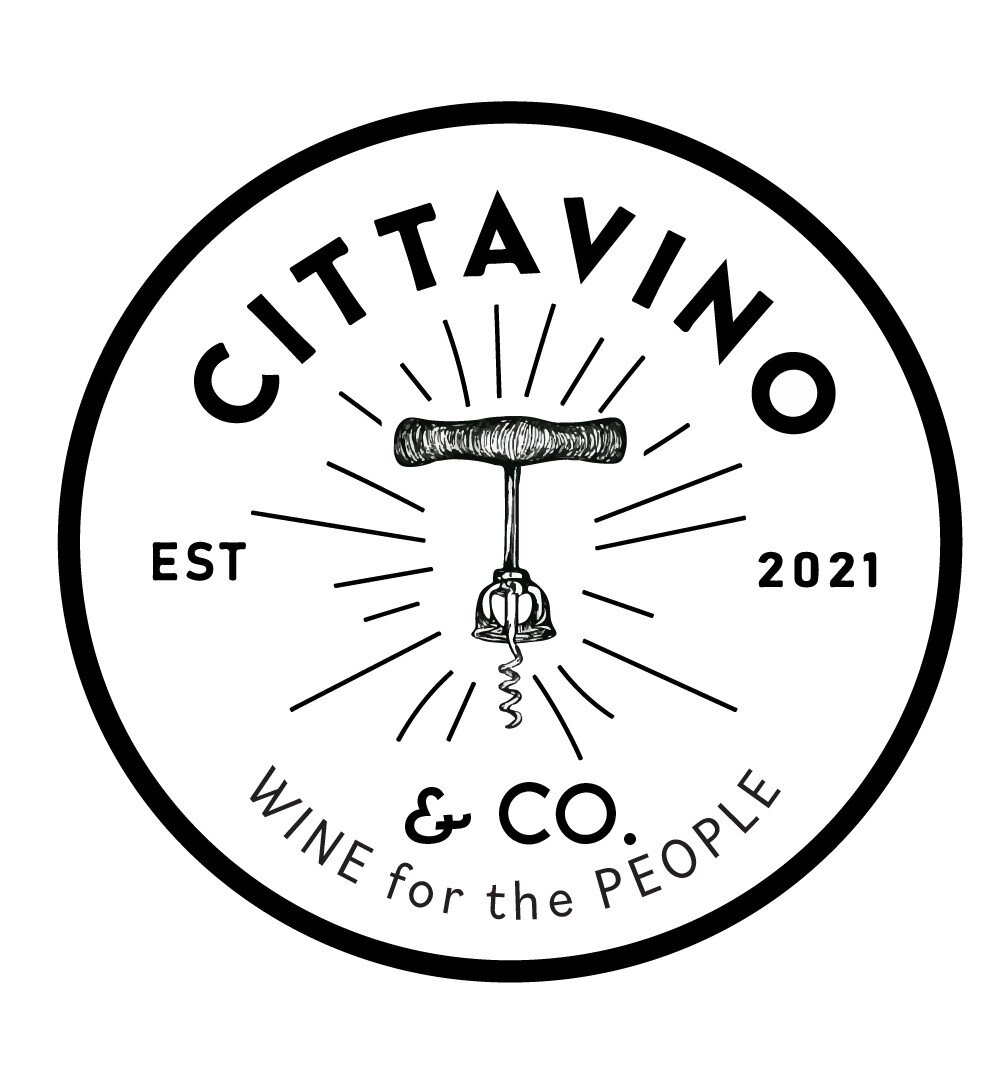Tempa di Zoè
Bruno De Conciliis and his partners have created Tempa di Zoè as a tribute to Cilento’s greatest native varieties: Aglianico and Fiano. True to his style, Bruno is fermenting all grapes with native yeasts and farming his vineyards following organic and biodynamic practices. Contrary to Campania’s other great Terroirs originated by volcanic activity, Cilento’s soils were created by the ocean, underwater. This unique combination of sedimentary limestone and Flysch with traces of Numidian and quartz provides for wines that are savory, agile and ultra-expressive.
Beginning in the early 1990s, Bruno had led the renaissance of Cilento’s terroir, a pioneer not only for his advocacy of organics, biodynamics, and solar power, but also for his very own philosophical approach to agriculture. His philosophy doesn’t follow any trend or market fad, but rather relentlessly relies on thoughtful, curious, sustainable and responsive thinking as the main pillar of sustainable farming. In this time of climate crisis, no other approach will work. The future is worth it.Bruno De Conciliis’s new project consists of 5 hectares of vineyards located in Torchiara, on the Cilento promontory in southern Campania. The soil is made up of sedimentary rocks of loam and Numidian, which are veined with formations of quartz, and the crystal quartz mixes with silica in the compressed sand. There is a thin layer of this that presents on the surface. Deeper, a layer of clay soaks up the spring rain and gives it back to the vines during the dry summers. The Mediterranean climate softens the harsh winters, but the scorching summers with the constant sea breeze also encourage the grapes to ripen homogeneously and slightly early. The name Tempa di Zoè refers not only to a physical place; it is above all, a declaration of intent. “Tempa” is the word for the rolling hills of Cilento that stretch down to the sea from north to south.
Zoè is the Greek word for the essence of life, the universal principle common to the animal, vegetal and mineral worlds. Bruno De Conciliis is bringing his 30 years of wine-growing expertise to a whole new level, with wines that are precise expressions of the native grapes of Cilento. The Cilento area is a land of peasants and the home of the Mediterranean diet. It is a World Heritage Site that has been recognized four times by UNESCO. It contains the largest national park in Italy, and is bordered to the west by the Mediterranean Sea that formed it, to the north by the plain of Paestum, to the south by the beautiful Maratea and to the east by the Diano plateau.


